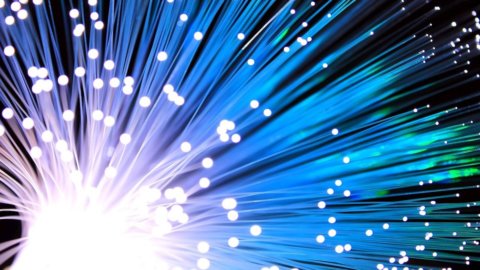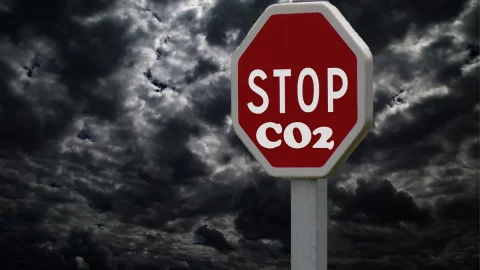There is a "connection", unknown and invisible to the most, which acts as a glue for the two trends that are currently changing the world, i.e. urbanization and digitization, represented by data networks built on optical fiber.
With an ever-increasing expansion of cities and by now half of the world's population living in them (data reported by United Nations) the challenge is to cope with the factors deriving from the greater number of people, i.e. more traffic, more energy, more services, higher costs, more data and more stringent needs regarding the speed of the “flow of information".
- Urban Smartification: what it is and how it works
- Optical fiber and smart cities
Urban Smartification: what it is and how it works
The answer, according to the "decision makers", seems to point clearly towards the "Smartification” of metropolitan areas with the precise aim of bringing citizens closer to cities through technologies and telecommunications and more specifically for:
- Better connect people, societies, the world of education, etc.
- Optimize the quality of services and safety.
- Automate administrative procedures.
However, the key point, often not taken into consideration when speaking of smart cities, is the need to have connectivity physics between the network access points, which must be connected to the fiber optic network since, if this were not the case, it would not be possible to connect between them data exchange very high speed, often required by applications for real-time services.
Optical fiber and smart cities
Furthermore, the smart cities are also evolving towards the offer of services capable of managing energy efficiency and allowing environmental sustainability, in such a way as to become cities NetZero Carbon (NZC). In this regard, 9 Italian cities (Bergamo, Bologna, Florence, Milan, Padua, Parma, Prato, Rome, Turin) will participate in the challenge launched by European Community "100 climate-neutral and smart cities by 2030” to reduce greenhouse gas emissions to zero.
The biggest challenge for city of the future is to have widespread connectivity throughout the metropolitan area since the fiber optic infrastructure represents the "foundations" of a smart City and the main enabler of the evolved services. A widespread fiber network like the one created by Open Fiber which, to date, has reached approx 15 million real estate units throughout the country it is therefore a fundamental prerequisite for ensuring the development of "smart cities".
When the company has completed its industrial plan, reaching around 25 million homes, offices and headquarters of the PA, the country will be ready not only to face the challenge of smart city but it will be ready to turn into one smart nations.





